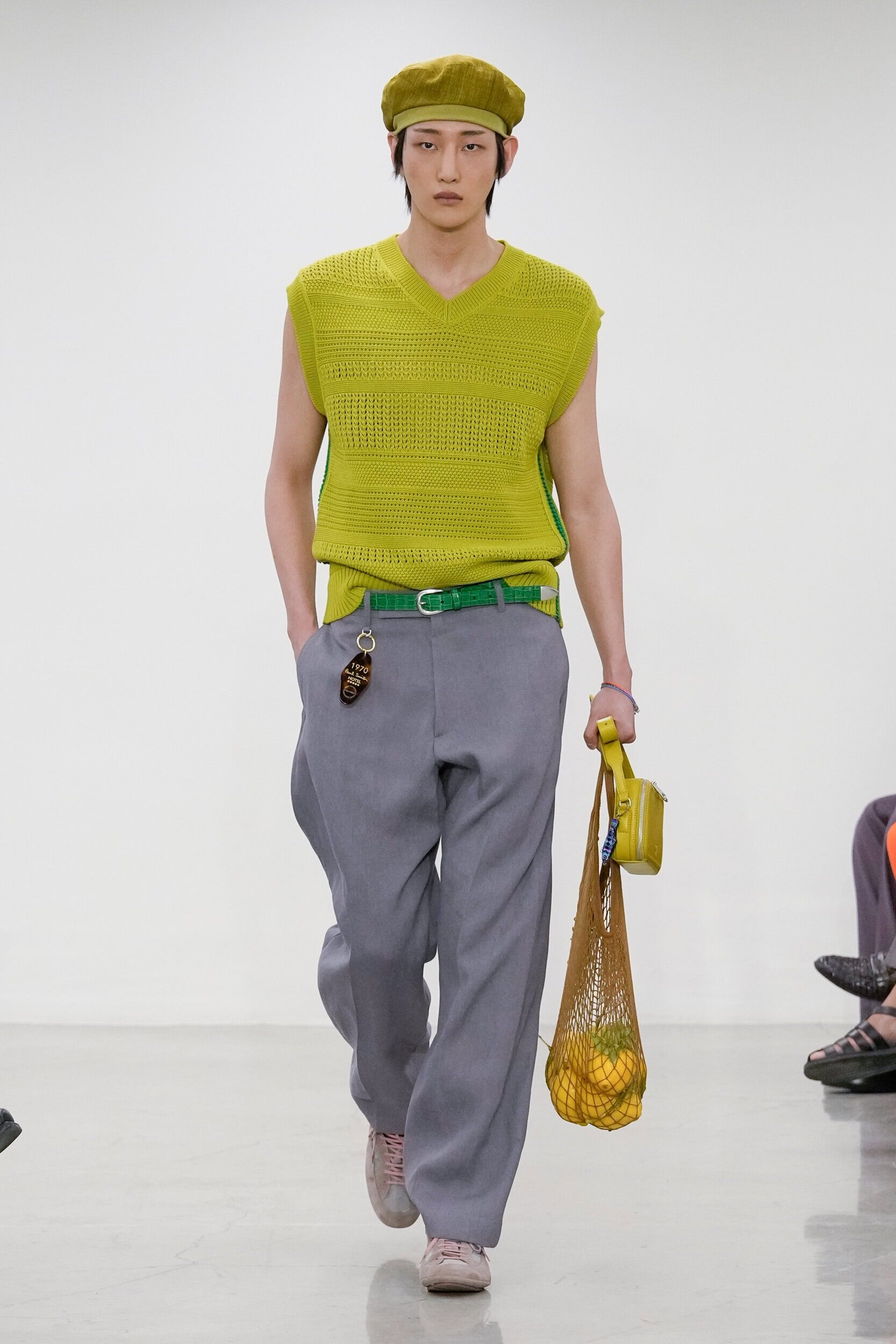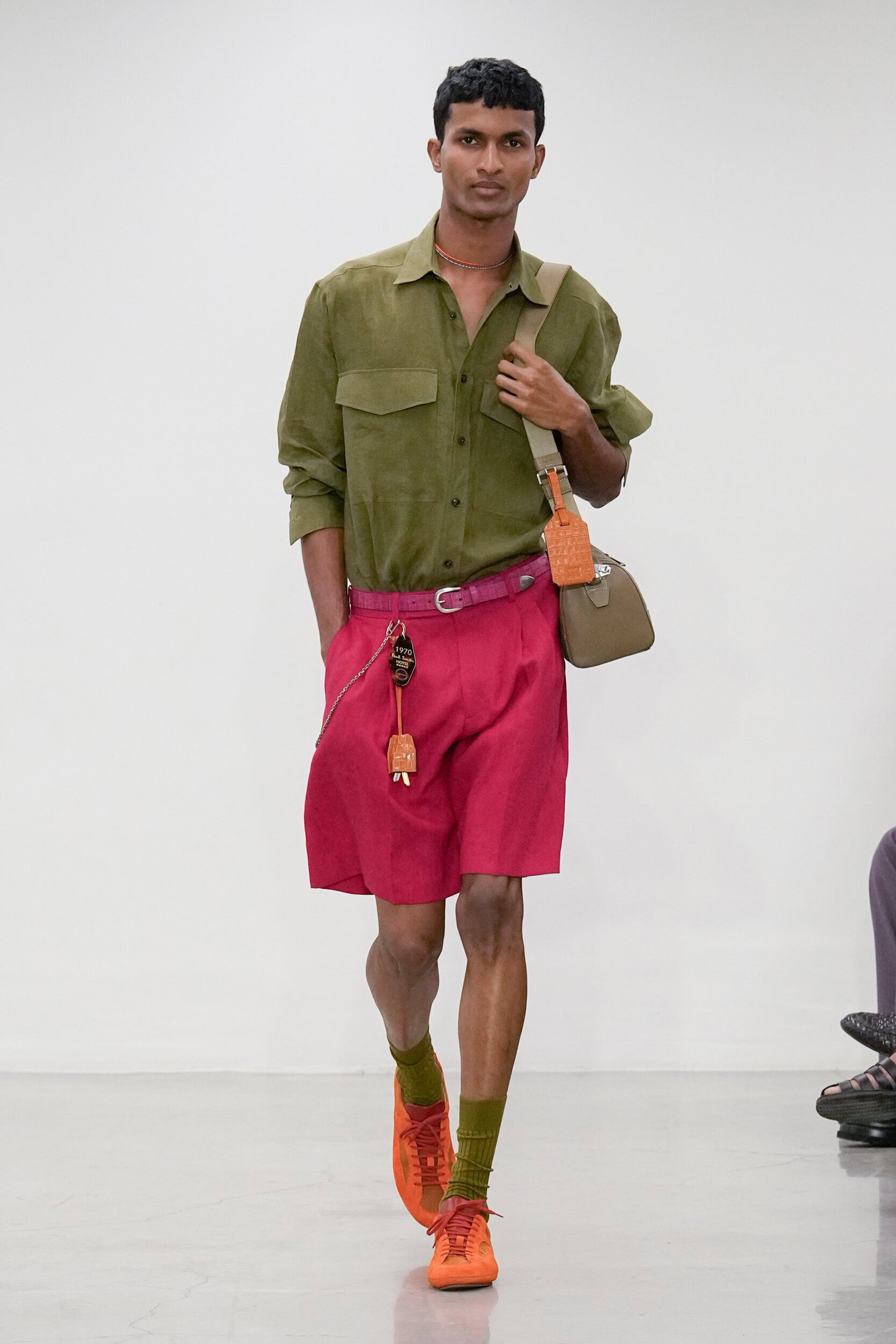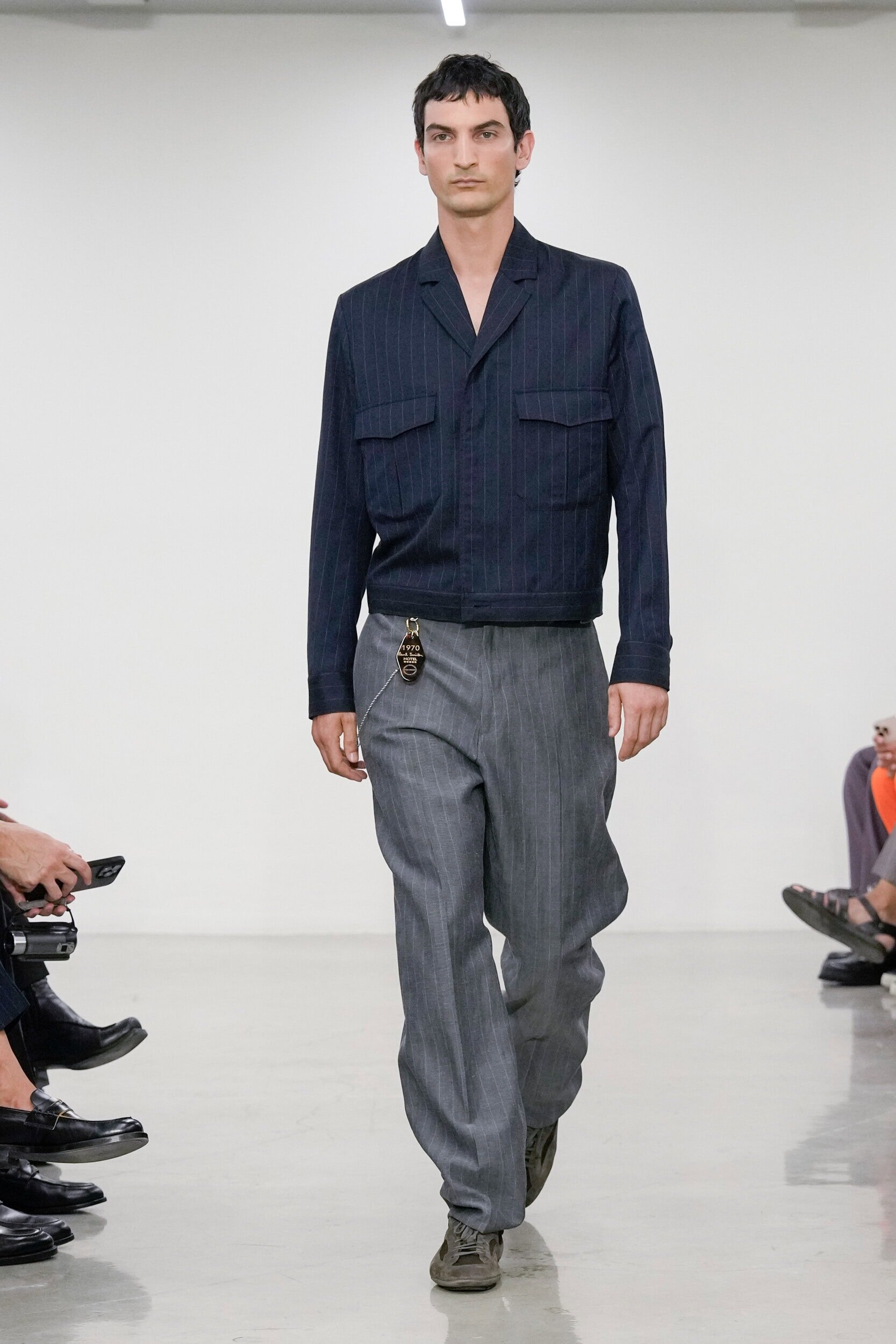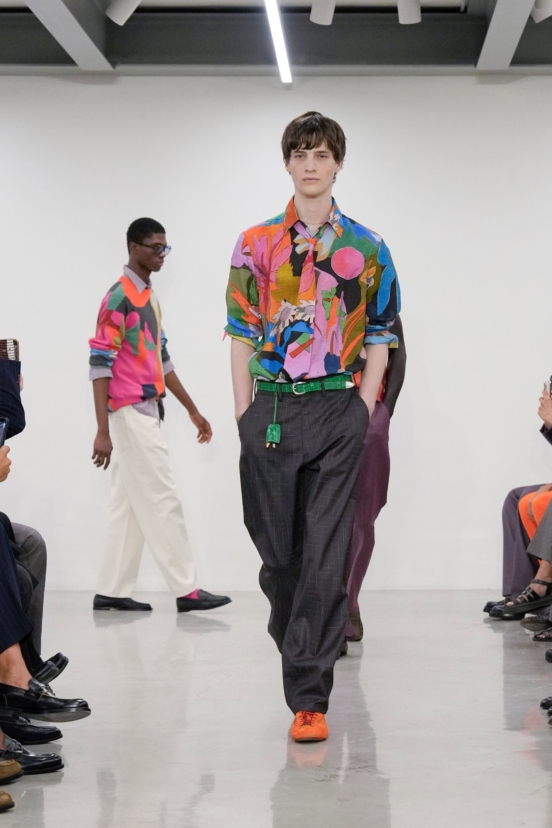Paul Smith’s Comfort Zone
Review of Paul Smith Spring 2026 Men’s Fashion Show
By Angela Baidoo
THE COLLECTION
THE VIBE
Colour co-ordinated, psychedelic prints, suede statements
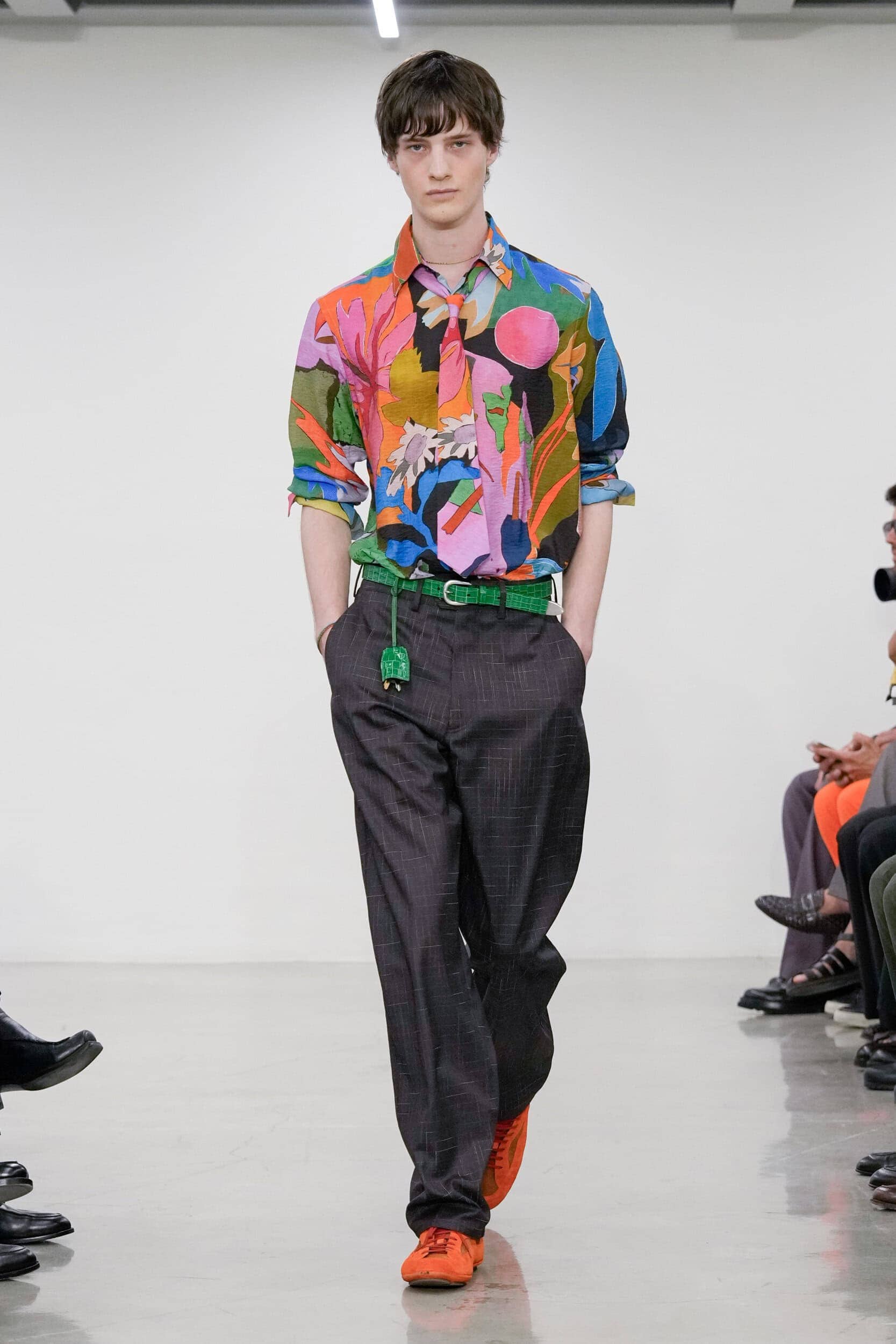
Not many brands helmed by the original founder can say they have had half a century in the business, as is the case for Paul Smith who started his brand in 1970. And as much as it may be a significant milestone, with the passing of time questions surrounding the modern relevance of the Paul Smith brand in the luxury market have to be asked. As the brand remains steadfast in leaning into its comfort zone of perfectly tailored suits and separates with a vibrant palette or graphic print or two added for good measure (or perhaps as a failsafe way to add interest), without ever straying too far away from what their customer is familiar with.
The need to say something as a legacy brand is becoming more pressing with each passing year, as his customers from the 1970s continue to age out of the workforce, and the need to purchase $1400 half-lined linen suits every season. The brand should look to draw in and engage the next generation – which accurately reflects the energy of the demographic displayed backstage after the show (as seen in a post shared on the brands Instagram account) i.e. the models Smith continues to cast for his runway shows. As newer brands will continue to emerge, appealing to younger Millennials and the Gen Z crowd through their deconstructed cuts, innovative storytelling, or the harnessing of up-and-coming global talent to wear and endorse their brand authentically. There is a risk Paul Smith may fall out of favour in an already volatile luxury market that is experiencing a steady downturn. Customers need a reason to buy into luxury more than ever, from brands that have something to say and will provide them with designs they can’t easily duplicate from contemporary or even high street names.
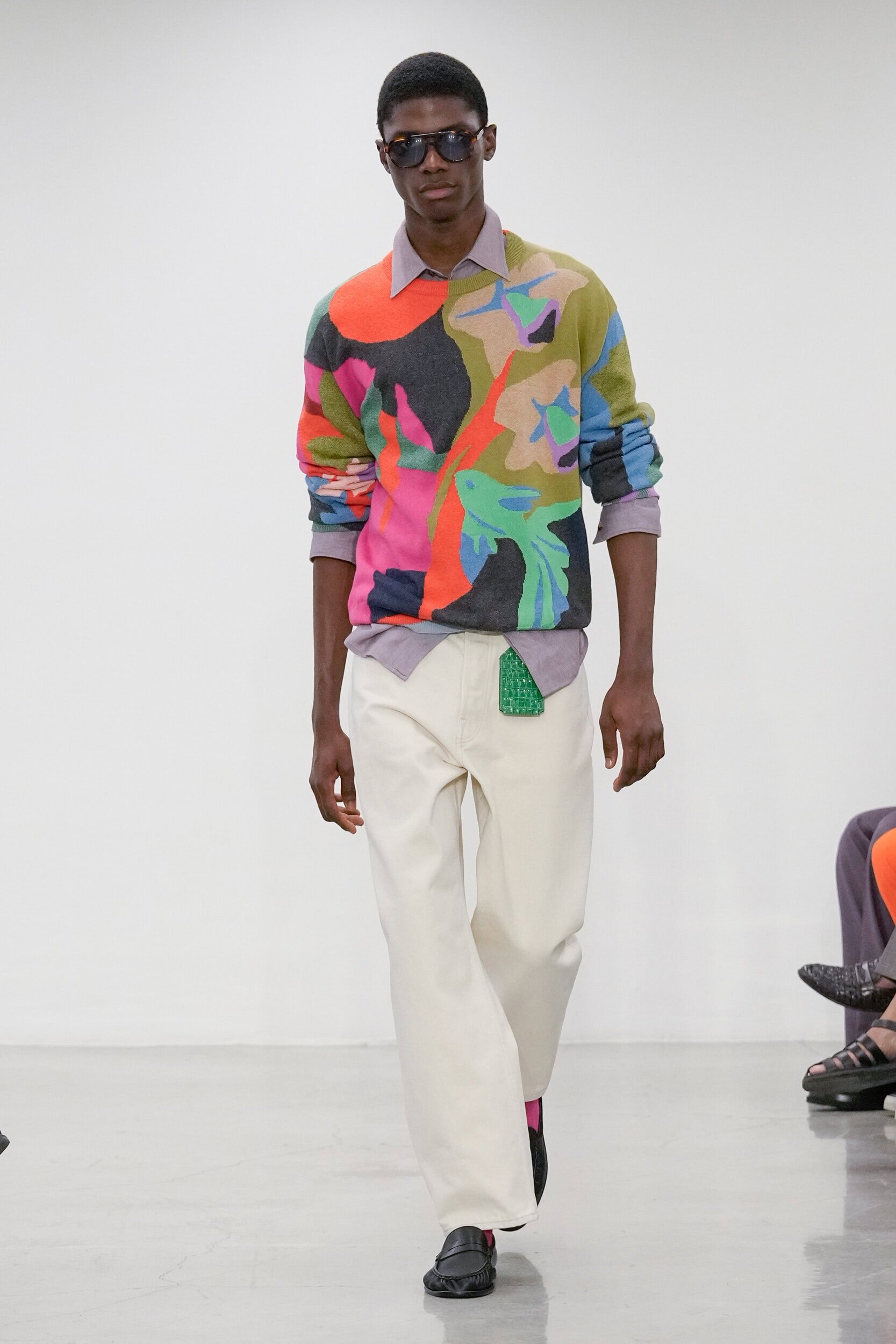

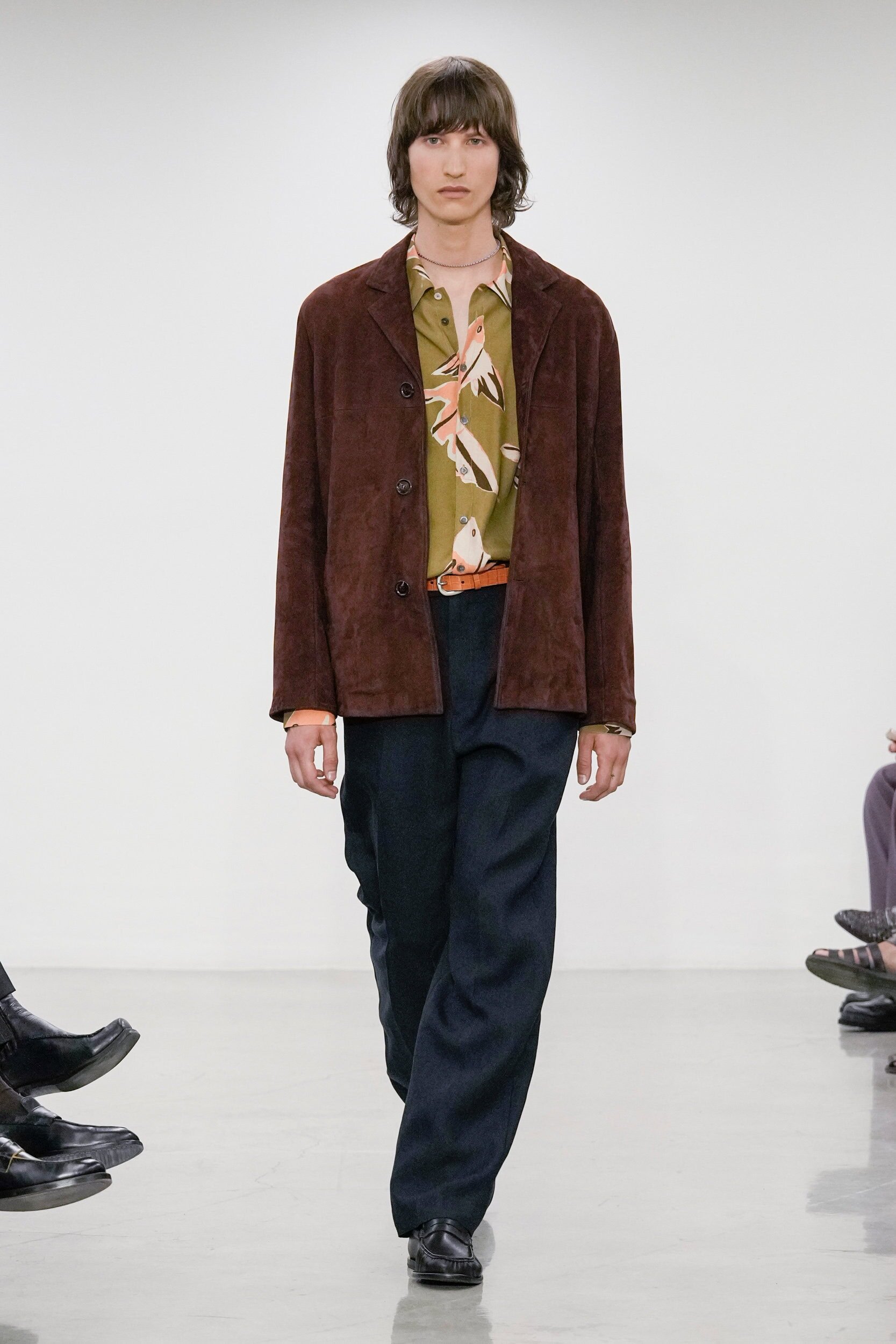
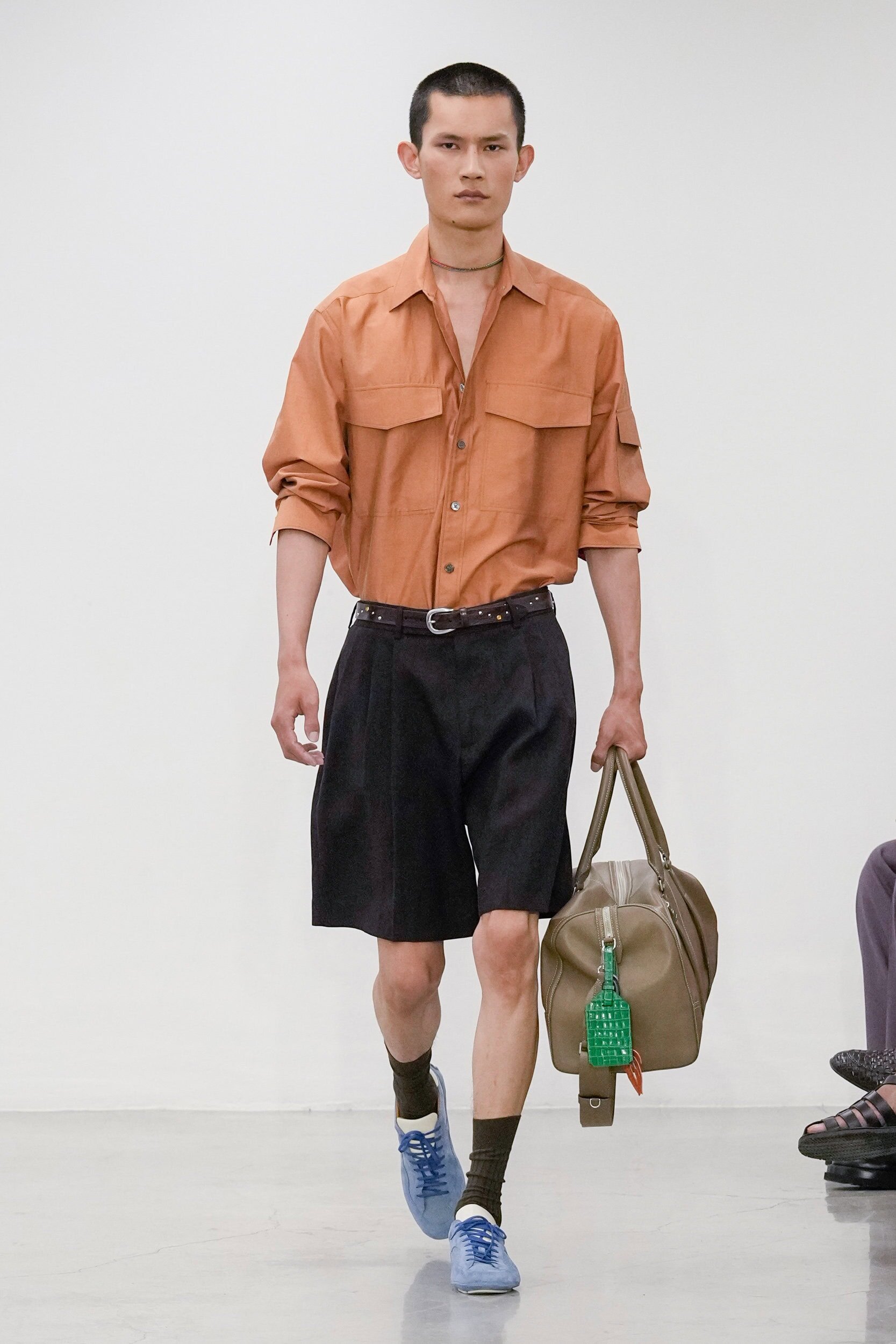
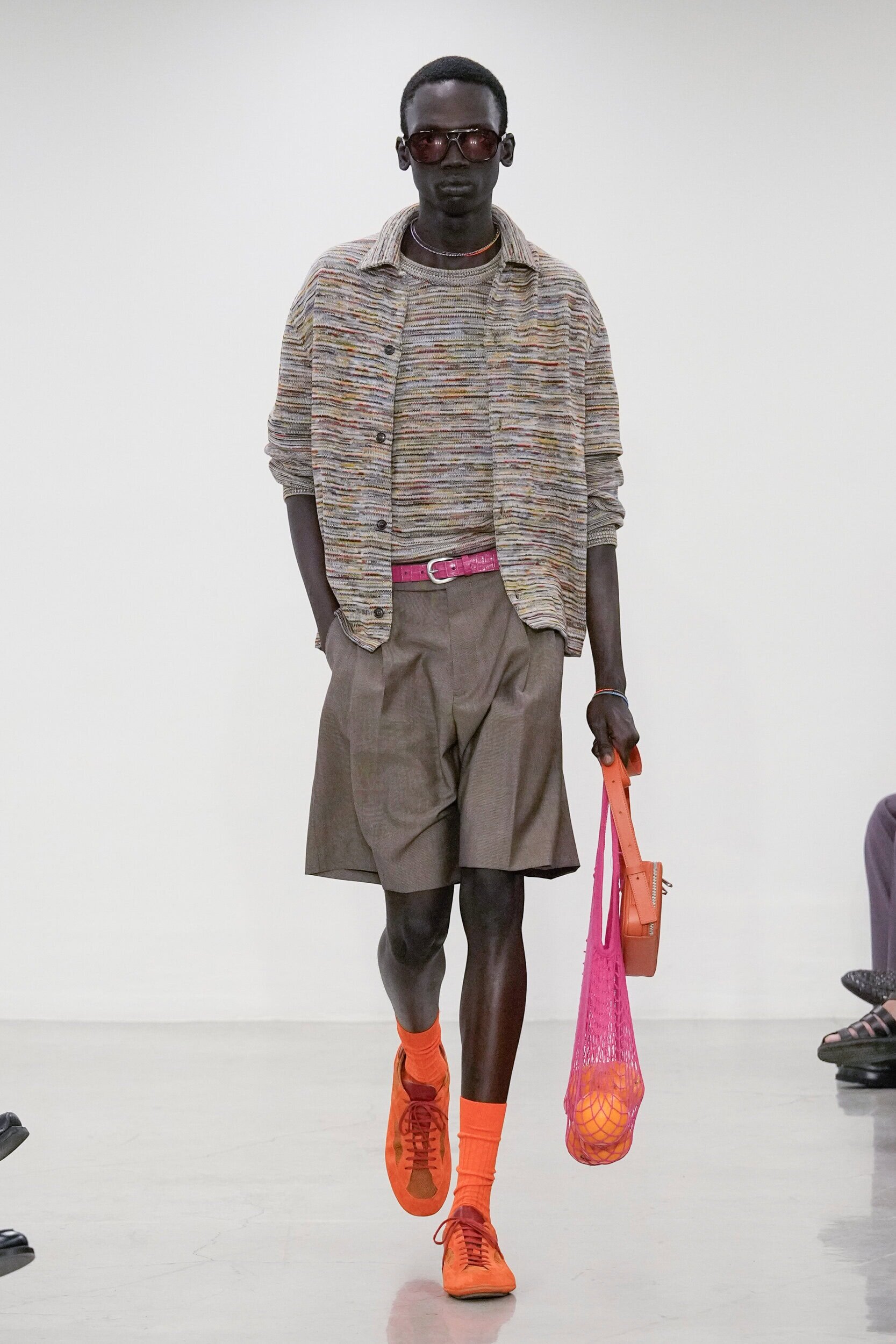
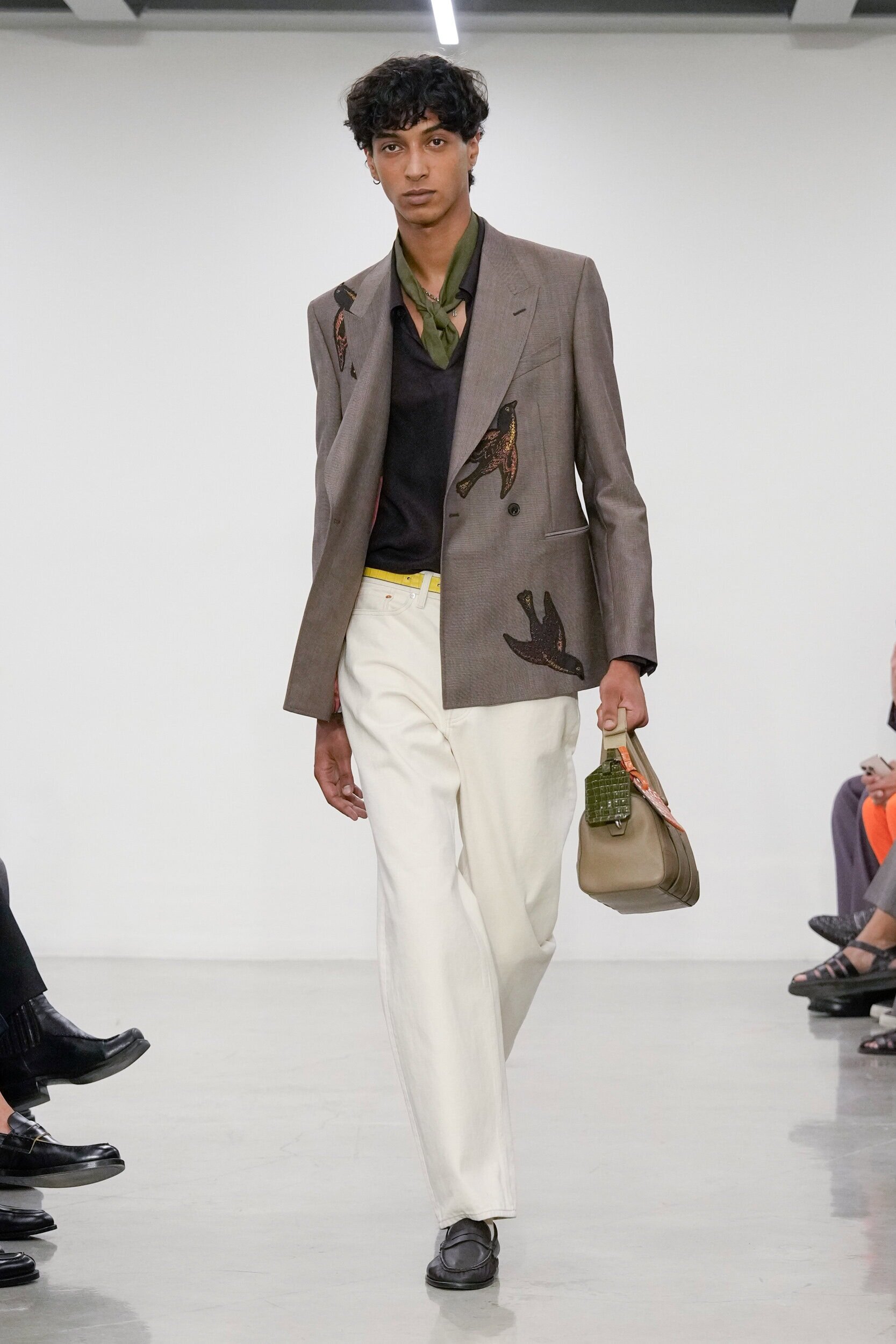
THE DIRECTION
THE WRAP UP
In order to appeal to a new generation of customer the Paul Smith brand needs to develop brand ideas that live outside of colour cohesion and print statements. There is no doubt that British tailoring is renowned for its quality and craftsmanship, but contemporary brands with lower price points are slowly coming into the consumers awareness.
At an uncertain time when they may be seeking to trade-down, relevancy will remain a key deciding factor.
